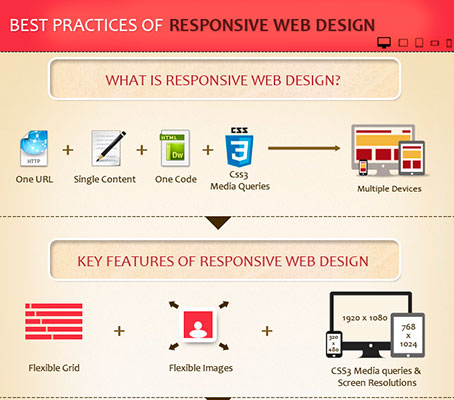Interested In Finding Out How Web Site Layout Has Evolved? Take A Journey Via The Change
Interested In Finding Out How Web Site Layout Has Evolved? Take A Journey Via The Change
Blog Article
Web Content Composed By-Tobiasen Stender
In the past, web sites were basic and focused on information. Navigating was straight, and style was for desktops. Currently, user experience is crucial. Information overviews styles for very easy navigating. Responsive layouts fit various gadgets. Today, dark mode lowers strain, and minimal menus improve navigation. Interactive attributes engage customers, and strong visuals stick out. AI integration increases interaction. See how layout has advanced to improve your on-line journey.
Very Early Days of Website Design
In the very early days of web design, simpleness reigned supreme. Sites were basic, with limited shades, fonts, and formats. The focus got on providing details as opposed to flashy visuals. Individuals accessed the net via slow-moving dial-up links, so rate and capability were vital.
Navigating food selections were straightforward, generally situated on top or side of the page. Web sites were developed for desktop, as mobile surfing wasn't yet widespread. Web content was king, and developers focused on simple readability over complex layout aspects.
HTML was the key coding language used, and designers had to function within its restrictions. Animations and interactive attributes were marginal compared to today's standards. Internet sites were fixed, with little vibrant material or personalized customer experiences.
Surge of User-Focused Style
With the advancement of web site layout, a shift in the direction of user-focused style principles has become progressively popular. Today, creating sites that focus on customer experience is important for involving site visitors and accomplishing organization objectives. User-focused design includes comprehending the needs, preferences, and actions of your target audience to customize the website's design, material, and features as necessary.
Developers currently perform thorough research study, such as user studies and usability testing, to collect insights and feedback straight from users. This data-driven approach assists in producing intuitive navigation, clear calls-to-action, and aesthetically appealing user interfaces that resonate with visitors. By positioning the individual at the center of the layout procedure, web sites can provide a much more tailored and satisfying experience.
Responsive design has actually likewise emerged as a crucial facet of user-focused layout, ensuring that web sites are enhanced for different gadgets and screen dimensions. This versatility enhances accessibility and functionality, dealing with the diverse ways users interact with web sites today. Essentially, the surge of user-focused style indicates a change towards producing electronic experiences that prioritize the needs and assumptions of the end customer.
Modern Trends in Web Design
Explore the current patterns shaping website design today. One popular pattern is dark setting layout, providing a streamlined and modern-day appearance while minimizing eye stress in low-light atmospheres. An additional vital pattern is minimal navigation, simplifying food selections and boosting individual experience by concentrating on essential elements. Incorporating micro-interactions, such as computer animated buttons or scrolling results, can develop a more interesting and interactive web site. Responsive design remains essential, making sure seamless user experiences across various gadgets. In addition, making use of strong typography and unbalanced formats can add visual passion and accentuate details content.
Integrating AI innovation, like chatbots for client support or individualized suggestions, improves individual engagement and enhances processes. Accessibility has additionally come to be a substantial trend, with designers prioritizing inclusive design techniques to satisfy diverse individual needs. Welcoming sustainability by optimizing website performance for rate and efficiency is another emerging fad in web design. Working together with customer responses and information analytics to repeat and boost style constantly is necessary for staying relevant in the ever-evolving digital landscape. By accepting these modern fads, you can develop an aesthetically appealing, easy to use website that resonates with your target market.
Verdict
As you review the advancement of internet site design from the very early days to currently, you can see just how user-focused style has come to be the driving force behind contemporary fads.
Embrace the trip of adjustment and adjustment in web design, always keeping the customer experience at the leading edge.
Stay current with the most up to date fads and technologies, and never ever stop advancing your approach to produce visually spectacular and straightforward sites.
Progress, adapt, and create - the future of web design is in your hands.
